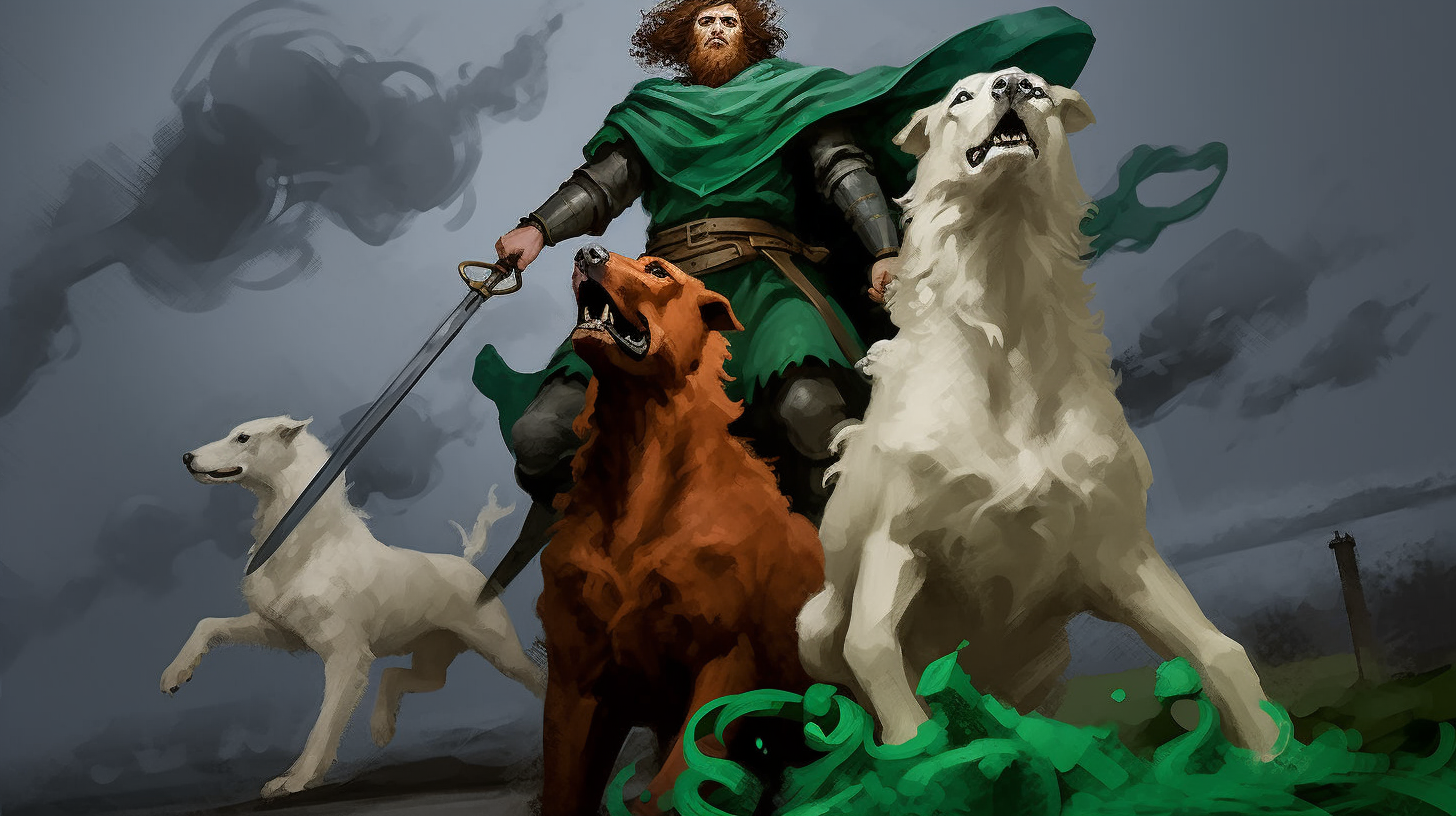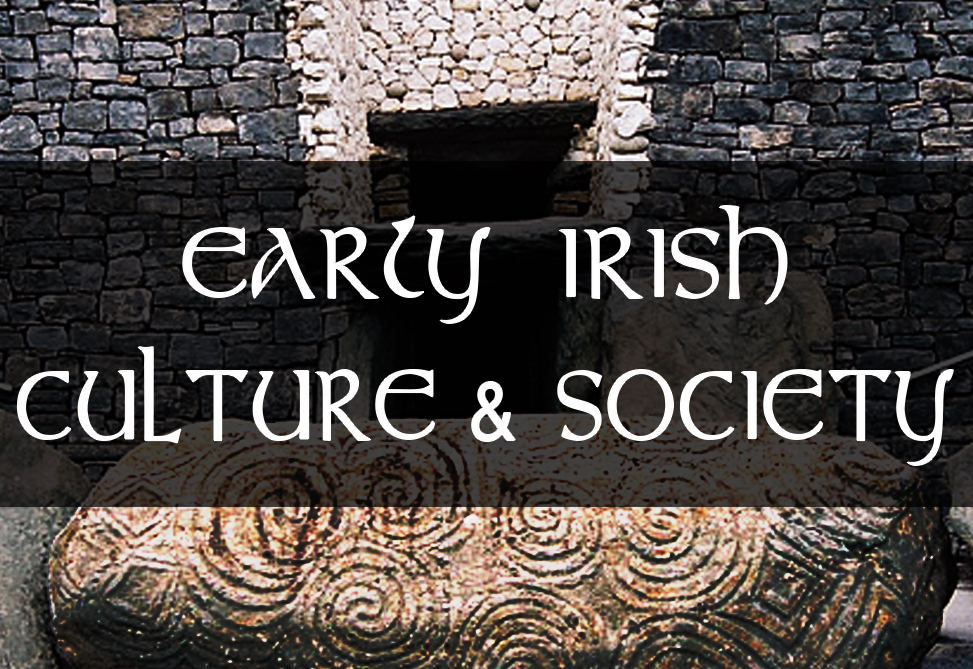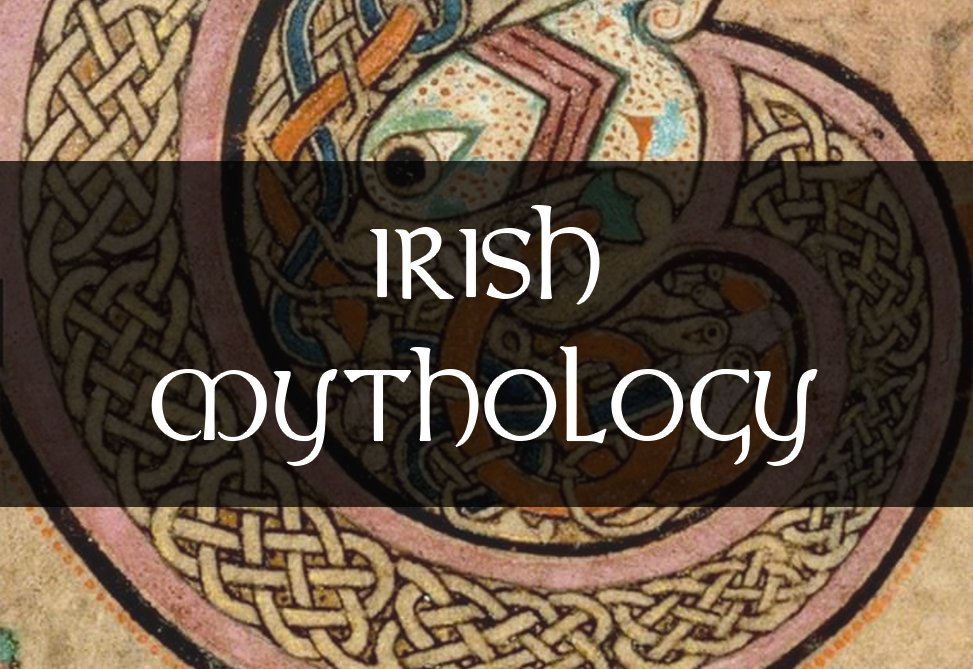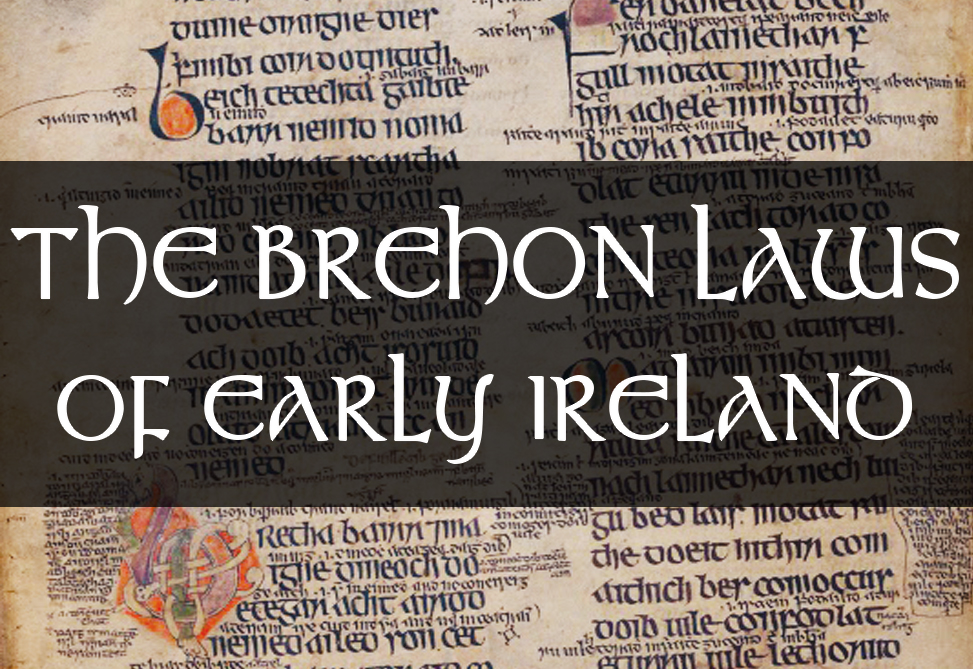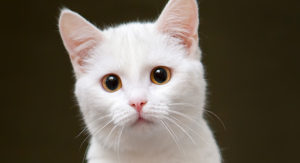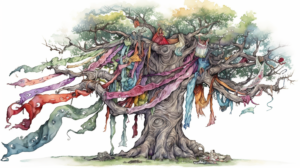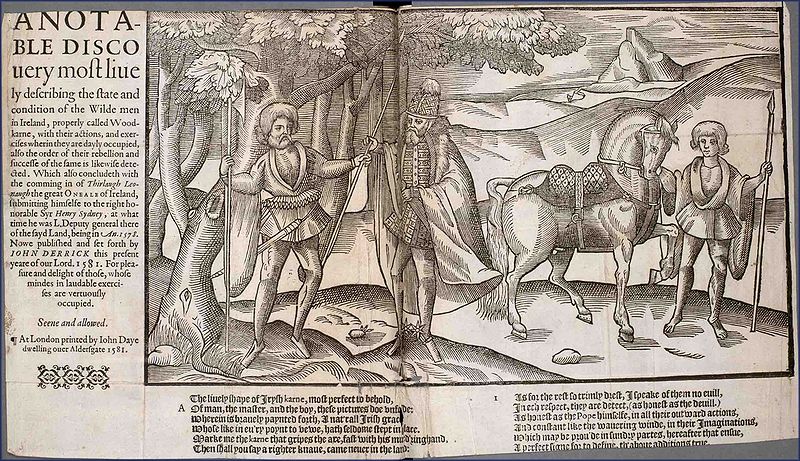The Fianna, revered as warrior-hunter-poets in Gaelic Ireland, were a unique group of individuals who embraced a life of adventure, valour, and song. Roaming the lands of Ireland, they hunted by day and adhered to a strict warrior code of honour, defending the vulnerable and upholding justice, as Ireland’s standing militia. At night, they gathered around firesides beneath the stars, reciting poetry that celebrated their heroism, the beauty of nature, and the bonds they shared.
There has been a recent resurgence of interest in the Irish language and cultural heritage, with more people studying the language and exploring its rich history and literature. As a result, the remarkable story of the Fianna and their warrior-hunter-poet lifestyle continues to captivate new generations, serving as a testament to the timeless appeal of Gaelic Ireland’s unique traditions and cultural identity.
Nature’s Poetic Hunter Warriors: Na Fíanna and Their Linguistic Roots in Ireland’s Wild, Hunting, and Chasing Traditions
The linguistic history of the word “fían” provides an interesting glimpse into the cultural significance of the Fianna in Gaelic Ireland. The use of the word “fian” in Irish is closely connected to the concepts of wildlife, living in the wild, and the hunt. In early Irish literature, the Fianna were described as a group of hunter-warriors who roamed the land in pursuit of adventure, honour, and song. Their way of life, characterized by martial prowess, a deep connection with nature, and intellectual and artistic pursuits, continues to captivate modern audiences.
The word “fían” is derived from the Proto-Celtic *wēnā, which means “troop” or “band,” and the Proto-Indo-European *weyh, which means “to chase” or “pursue.” The term “féine,” which is related to “fían,” has been used to describe Irish people, warrior-hunters, and marginalized groups. Interestingly, “féine” is potentially connected to the Proto-Indo-European *weyh, further strengthening the linguistic link between “fían” and “féine.”

Its origins can be traced back to the Old Irish word “fia,” which initially meant “wild” or “lawless” but later became associated with the Fianna.
As an aside, another interesting connection can be found in the Irish word “fianaise,” meaning “evidence” or “testimony,” which potentially highlights the Fianna’s relationship with the ancient Irish legal system, or honour-bound swearing in general.
Their stories have been passed down through generations. Most of these tales recount the exploits of their famous leader, Fionn mac Cumhaill, and the courageous feats that defined the Fianna’s existence and are immortalized in these legends of Ireland’s warrior-hunter-poets who roamed the land in pursuit of adventure, honour, and song. In later stories, the Fianna are often portrayed as the household troops of the High Kings of Ireland, emphasizing their central role in the nation’s society and mythology.
The Literary Legacy of Na Fíanna in Irish Myth and Song
The Fianna’s legendary status and exploits are immortalized in a body of Irish legends known as the “Fianna Cycle” or “Fenian Cycle.” The earliest known literary references to the Fianna date back to the 7th or 8th century, appearing in texts such as the “Lebor Gabála Érenn” (The Book of Invasions) and the “Cóir Anmann” (The Fitness of Names). These ancient sources describe the Fianna as a group of elite warriors tasked with protecting the kingdom of Ireland under the leadership of the legendary Fionn mac Cumhaill.
As the centuries passed, Irish literature continued to develop and expand on the stories of the Fianna, particularly in works like the “Fionn Cycle” and the “Fiannaíocht.” These later texts delve deeper into the exploits and adventures of Fionn and his warriors, highlighting their strong connection to nature and the supernatural world. Through these timeless stories, the Fianna’s legacy of courage, camaraderie, and honour continues to captivate and inspire generations of readers.
The Fianna are often organized in multiples of three, with bands of 27 warriors being a common example. Larger groups were described as being in 50s, 100s, and 150s, which reflects the importance of the number three in Gaelic culture and suggests a deeper significance in the composition of such groups. While it’s unclear if there was an actual pan-Gaelic membership to these bands, literary sources from across Gaelic nations suggest that outlaws, exiles, and adventurers may have been drawn to notable hunter-warrior bands in the early period.
Joining Na Fianna: Rites of Passage
These young Fianna warriors came from various social backgrounds and chose to relinquish their rights to clan property to chase a freer life in the wild. Upon joining the Fianna, his comrades become “his [new] moral heirs and executors, who would seek and get the satisfaction due if he were wounded or killed by any means that violate the code of honour and justice.”
The Fianna’s way of life, characterized by martial prowess, a deep connection with nature, and intellectual and artistic pursuits, continues to captivate modern audiences. In a sense, joining the Fianna would be like joining the priesthood centuries later, or taking up the ascetic life as some men do in the later years of their lives in places like India and Thailand. It signified a complete transformation of the initiate from lowly man to noble warrior.

In fact, if we want to get a colourful yet vague picture of this warrior guild, how they were organised, and how strictly they adhered to their warrior codes of honour, we should look no further than the Samurai of medieval Japan, particularly prior to the Shōgunate era. Samurai warriors sought to embody Bushidō, a code of warrior’ principles that place courage, compassion, loyalty, and honour as the highest virtues.
- The first requirement for joining the Fianna was one that tested a man’s intellect.
- Before physical prowess and strength, Fianna hopefuls had to know the twelve books of poetry – which recorded the histories, genealogies, and legends of Ireland.
- Once this basic elementary requirement was fulfilled, a candidate could move on to the physical challenges.
- First, whilst stood in a knee-deep trench dug into the ground and armed only with a shield and a staff of hazelwood, the candidate must avoid being hit by the spears of nine warriors being cast at him simultaneously from a distance of nine ridges away.
- Next, his sprinting is tested — given the headstart of one tree he must evade a team of pursuers through a think forest and escape unharmed; during the chase, he must be so agile that not a single braid of his hair comes loose by hanging branches, and so lightfooted that he breaks no withered branches underfoot.
- Then his jumping and ducking is tested —he must bound over the branches of trees that are the same height as his head from the ground, and stoop under branches as low as his knee without leaving a trembling branch behind him.
- Following this, while running at full speed, he must remove a thorn from his foot without slowing his pace.
- Finally, he must singlehandedly face a great number of men and have no trembling of his weapon.
- Once he has successfully passed all tests and received the assent of his family he accepts the Four geasa of Fenian Chivalry:
- He shall marry his wife without portion — choosing her for her manners and her virtues.
- He shall be gentle with all women.
- He shall never reserve to himself anything which another person stands in need of.
- He shall stand and fight against all odds, as far as nine to one.
